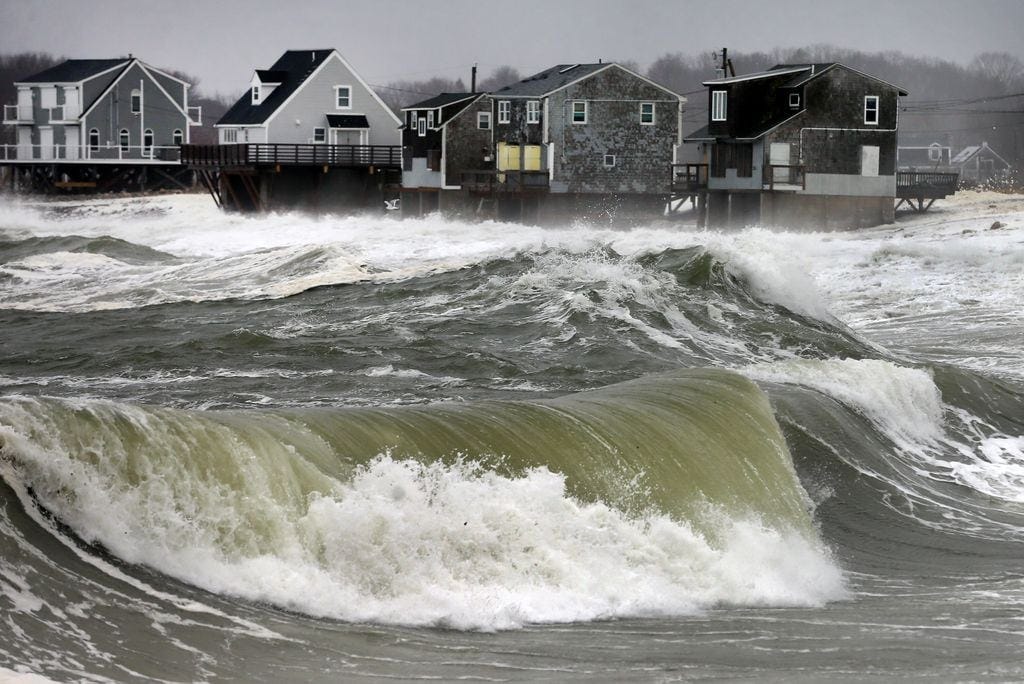Notes From an Environmentalist; A National Policy to buy Coastal Homes faced by Sea Level Rise.
A National Policy;
Buy Homes Threatened by Sea Level Rise
Anyone who has worked on coastal issues knows that our system is broken.
All the engineering, insurance and financial incentives are set up to encourage people to stay on the coast even when it is not in their best interests to do so.
For example, it is easy to get the Army Corps of Engineers to make a dubious cost benefit analysis so it can receive millions of dollars to build seawalls, revetments, and jetties or renourish beaches to fight erosion.
Like any business, the Corps has to drum up work to justify its existence to the Department of Defense, its well-funded father agency.
But their costly projects only put Band-Aids on the real problem, which is sea level rise. And the only way to protect homes from that problem is to get them out of harm’s way.
However there are scant resources to buy and remove such threatened properties. It is presently being done through a patchwork of government agencies, primarily tasked to do other things.
Right now the National Park Service is buying up a few threatened houses on the Outer Banks. Several years ago the Cape Cod National Seashore bought up several small camps and dune shacks, and before that the U.S. Fish and Wildlife Service bought up modest houses on Plum Island to create the Parker River Wildlife Refuge.
The Department of Agriculture can also purchase threatened homes through their Emergency Water protection program.
Over the past 3O years the Federal Emergency Management Agency demolished or moved 43,000 threatened houses, averaging 14OO a year, only a fraction of the houses on our fragile barrier beaches, unstable dunes and collapsing coastal cliffs.
California is considering a local approach. It is in the process of passing legislation so local communities could purchase the mortgage of a threatened home and rent the property out to pay off its loan until the house falls in the drink.
The problem with that approach is the proclivity of homeowners to stay in their homes right up until the last minute. So, instead of towns saving money for things like rescue services and giving the towns time to plan for lower tax revenues, the towns will probably be left holding the bag when the houses topple into the ocean.
Ultimately the answer is to reorganize the federal government so that more money flows into those agencies that can purchase threatened properties and less flows toward boondoggle projects to fight our rapidly rising oceans.




